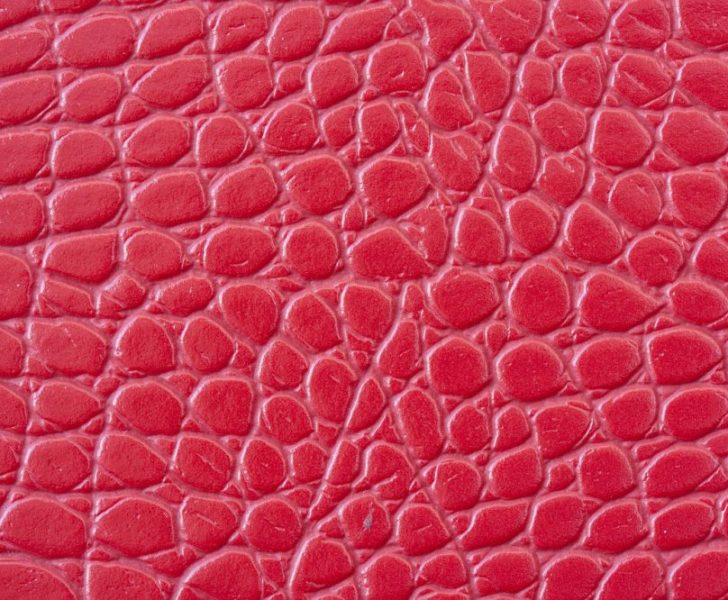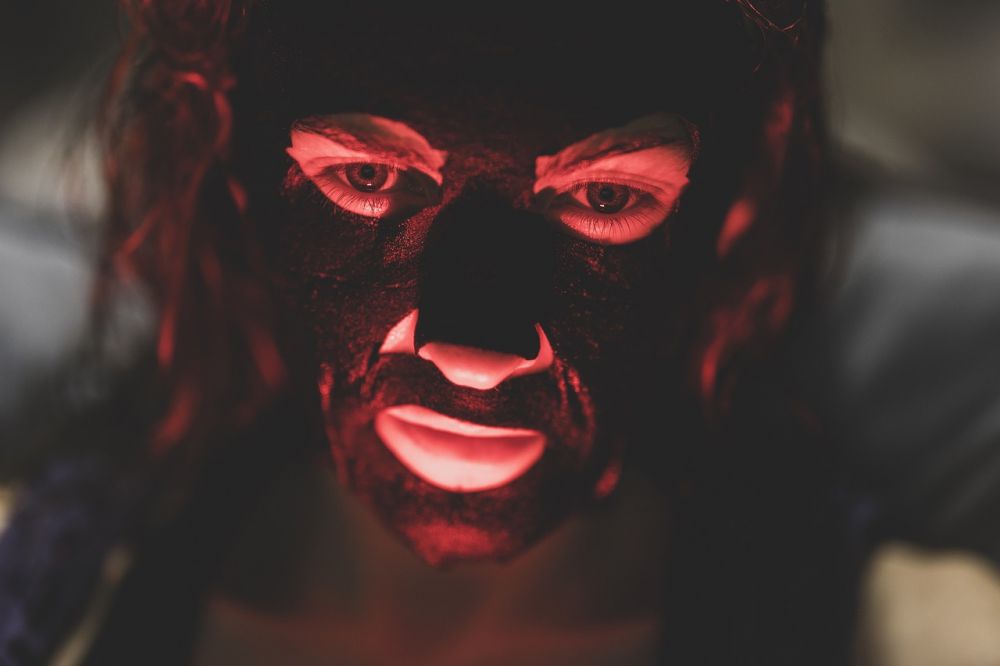Foundation rosacea is a common skin condition that affects millions of people worldwide

It is a chronic inflammatory condition that primarily affects the face, causing redness, flushing, and the appearance of small, red bumps. In more severe cases, it can also lead to the development of telangiectasia, or the widening of blood vessels on the skin’s surface. This condition can be distressing for those who experience it, as it often negatively impacts their self-esteem and confidence.
There are several types of foundation rosacea, each with its own distinct characteristics. The most common types include erythematotelangiectatic rosacea, papulopustular rosacea, phymatous rosacea, and ocular rosacea. Erythematotelangiectatic rosacea is characterized by persistent redness, flushing, and visible blood vessels. Papulopustular rosacea is identified by the presence of red bumps and pimples on the affected area. Phymatous rosacea involves thickening of the skin, resulting in a bumpy texture, especially on the nose. Ocular rosacea affects the eyes, causing redness, dryness, and irritation.
There are numerous foundation options available for individuals with rosacea. These foundations are formulated to provide coverage while also soothing and calming the skin. Some popular choices include mineral-based foundations, which are often hypoallergenic and provide broad-spectrum sun protection. Green-tinted foundations are also commonly used, as green helps to neutralize redness. It is important to select a foundation that is non-comedogenic and fragrance-free to minimize irritation and potential breakouts.
When it comes to measuring the effectiveness of foundation rosacea, there are several quantitative measurements that can be taken into consideration. One such measurement is the coverage provided by the foundation. This can be assessed by comparing the appearance of the skin before and after the foundation application, noting any visible improvements in redness, bumps, or overall complexion.
Another important quantitative measure is the longevity of the foundation. Many individuals with rosacea experience increased oiliness or excessive dryness, which can cause foundation to wear off more quickly. Hence, foundations that provide long-lasting coverage and are resistant to oil and water can be highly beneficial for individuals with rosacea.
The difference between various foundation rosacea lies in their formulation and ingredients. Some foundations may contain ingredients that are known to be irritating to sensitive skin, such as fragrances, dyes, or alcohol. It is crucial to opt for foundations that are specifically formulated for sensitive skin and are free from potential irritants. Additionally, foundations with anti-inflammatory properties can help to reduce redness and calm the skin.
A brief historical review of the pros and cons of different foundation rosacea is vital. In the past, foundations may have been heavy and comedogenic, potentially exacerbating symptoms or causing breakouts. However, advancements in cosmetic technology have led to the development of lightweight, breathable formulas that are better suited for individuals with rosacea. These modern foundations not only provide coverage but also offer skin-loving benefits, such as hydration and sun protection.
In conclusion, foundation rosacea is a common condition that can significantly impact an individual’s self-esteem and confidence. The availability of various foundation options specifically designed for rosacea has made it easier for those with the condition to achieve a more even and flawless complexion. By understanding the different types of foundation rosacea, their quantitative measurements, variations, and historical development, individuals with rosacea can make informed choices when selecting a foundation that best suits their needs. With the right foundation, individuals with rosacea can achieve a more even skin tone and regain their confidence.
[TAG IN VIDEO HERE]
References:

– Smith, M., & Berg, M. (2018). Rosacea. In StatPearls [Internet]. StatPearls Publishing.
– Del Rosso, J., Friedlander, S. F., & Webster, G. F. (2014). The clinical relevance of maintaining the functional integrity of the stratum corneum in both healthy and disease-affected skin. The Journal of clinical and aesthetic dermatology, 7(2), 1826.
– Foundation Rosacea Society. (2021). Types of Rosacea. Retrieved from [insert relevant website URL].











